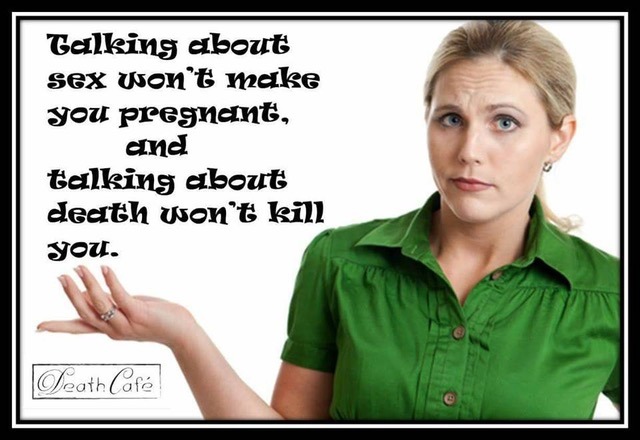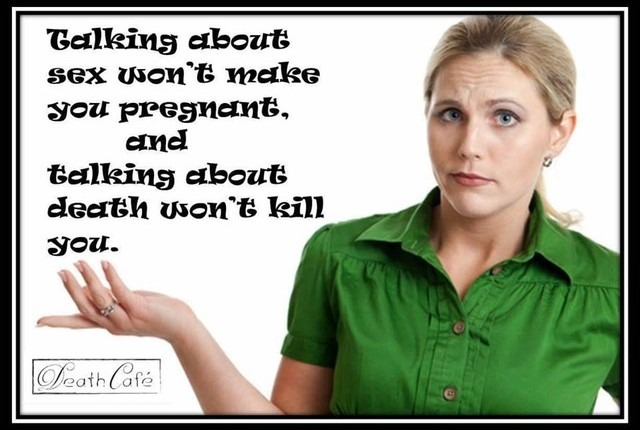and Death Cleaning
Let’s talk about death.
According to cultural historian Lawrence R. Samuel, that is not a sentence most Americans want to hear. Death, says Samuel, author of Death, American Style: A Cultural History of Dying in America, is this country’s greatest taboo. While Mexicans gleefully celebrate Día de los Muertos (Day of the Dead), ours is a death-denying culture – one that emphasizes youth and vitality and feels uncomfortable talking about death.
But if that is so, why are so many USF students taking a course entitled Death and Dying? The course, offered by the university’s School of Aging Studies, is consistently one of the most popular general interest courses for undergrads at USF.
“I think students are drawn by the title,” laughs Sara Hackett, a social gerontologist who will be teaching the course online this summer with Debra Dobbs, academic director of USF’s Center for Hospice, Palliative Care and End-of-Life Studies. “It’s a novelty, there is something a little taboo about the topic.”
And, as she points out, although we don’t always admit it, death and dying ultimately concern us all.
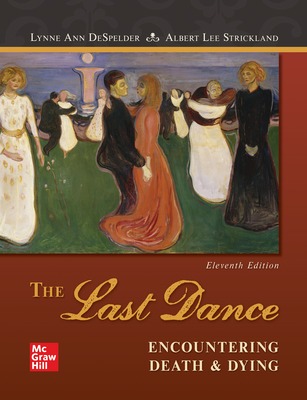
“We often attribute death to the old — it’s perhaps more comfortable to think of it that way – but, as we know, we can never be certain about when it will happen.”
In the class, students have a chance, though not an obligation, to share their own experiences about losses in their lives and their own fears of the inevitable. They learn about how other cultures deal with death and how the media, the entertainment world and language itself shapes our attitudes toward the subject.
“When death is actually happening, we use so many euphemisms,” Dobbs says. “We say someone has passed, expired – anything but dead or died.”
Yet, ironically, she points out, when we are joking around, we often use more direct words related to death, such as “I could have died,” when we are embarrassed, or “I wanted to kill you,” when we are mad.

The Death and Dying course was first offered at USF in the late 1980s by Mary Jean Etten, a former nun who had became a nursing professor at St. Petersburg College. Etten was part of the pioneering group that founded the Kubler-Ross Hospice in Largo, one of the first community hospices in America which came to be known as Suncoast Hospice (now part of Empath Health). Building 400 at its Clearwater community service center is named for her.
It was Etten who introduced the course’s main text, the classic The Last Dance: Encountering Death and Dying by Lynn Ann DeSpelder and Albert Lee Strickland, now in its 11th edition. In addition, this summer students will be encouraged to read Azul Gwande’s Being Mortal: Medicine and What Matters in the End – the subject of a Frontline documentary on PBS.
In past years among the books assigned in the class were Mitch Albom’s Tuesdays with Morrie and The Last Lecture, co-authored by Randy Pausch and Jeffrey Zaslow.
Pausch, a computer science professor at Carnegie Mellon, gave his Last Lecture at the college in 2007 when he knew he was dying of pancreatic cancer. Called “Really Achieving Your Childhood Dreams,” it became the basis for the book.
Pausch’s lecture touched a deep chord in many people, but I don’t think it was because he was talking about dying. I think it was because he was talking about making the most of living while you still can. That was a powerful message from someone who didn’t have a whole lot of time left.
Swedish author Margareta Magnusson repeats that point throughout her charming little book The Gentle Art of Swedish Death Cleaning. She insists that her call to engage in what the Swedes call döstädning or death cleaning — putting things in order so when you die someone else is not left with the task of cleaning up after you — is not about death at all but about making room for life.
The only thing we know for sure is that we will die one day. But before that we can try to do almost anything,” says Magnusson who describes herself as being somewhere between 80 and 100.
“My goodness, we plan for everything. Why not death?”
The Safety Harbor Wind Phone – a community art project
at Folly Farm Nature Preserve in Safety Harbor
that lets you say what you need to say to long-gone loved ones
Artists may have a unique perspective on the subject of death and dying. Like the subjectivity of art, death and dying is very personal. “There is not one set of rules about how to approach the experience,” says Hackett. “Everyone has a unique journey.”
Artists throughout history, of course, have taken on the theme of death – but during the pandemic, when “loss and grief impacted our lives on an unprecedented level,” Hilma’s Ghost, a feminist artist collective co-founded by two Brooklyn artists and inspired by the life and work of Hilma af Klint, took on the theme of grief.
“The COVID pandemic forced us into a collective encounter with loss of lives, connection and community,” the collective concluded. “From this loss, we were left to thread together our individual grief; to make sense of the unfathomable.”
To deal with the incomprehensible, the artists created a handbook, offering wildly imaginative ways to grieve. Called Rituals for Grieving, the 26-page project, available in digital form here, suggests 13 rituals in 13 categories from Slow Observing (“Go somewhere to watch the rain for 30 minutes”) to Play Chance (“Get two mirrors and position yourself so that your reflection recedes into infinity.”)
The pandemic also gave us The Grief Channel run by a group out of the University of Bristol in England. The group held its first virtual Good Grief Festival in October 2020, offering free talks, interviews, webinars and workshops aiming “to normalise the conversation around grief and show that it is a natural — and even transformative — part of life.”
Many of the events are available on the Grief Channel on YouTube. The next mini-festival by the group, on the theme of Grief + Memory – In the End, It Was All About Love – will be streamed online for free May 18 from 6-7 pm.
USF isn’t the only university offering courses on Death and Dying. During this year’s Dying Matters Awareness Week (yes, that’s really a thing, celebrated every year from May 8-14), the UK’s Open University has “curated a collection of free learning content from OpenLearn to open up the subject that many people still find difficult to talk about.”
And right here in our backyard, there are a number of singular opportunities addressing issues of death and dying, including an upcoming workshop for those over 55 who are thinking about “death cleaning.”
- Start your Death Cleaning at Decluttering 55+: A roundtable discussion to help you move ahead creatively! offered by Michelle Passoff, author of Lighten Up, on June 17 from 10 am-noon at Safety Harbor Art and Music Center. You can sign up here.
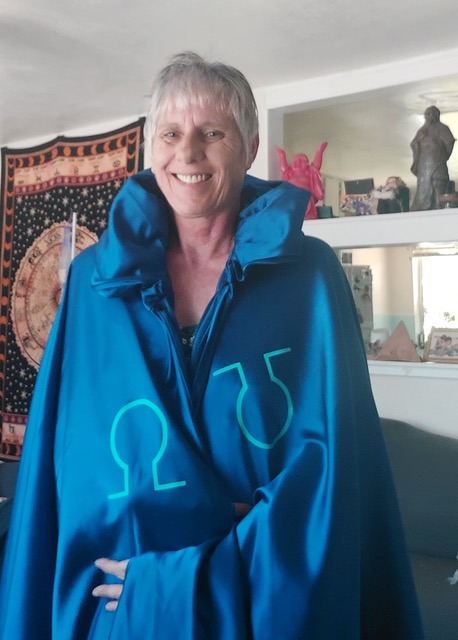
- Meet with Death Doula Paula Adams who holds holds end of life discussions on the 2nd Tuesday of each month at 3 pm at the Gulfport Senior Center “to take the mystery and fear out of death and dying.”
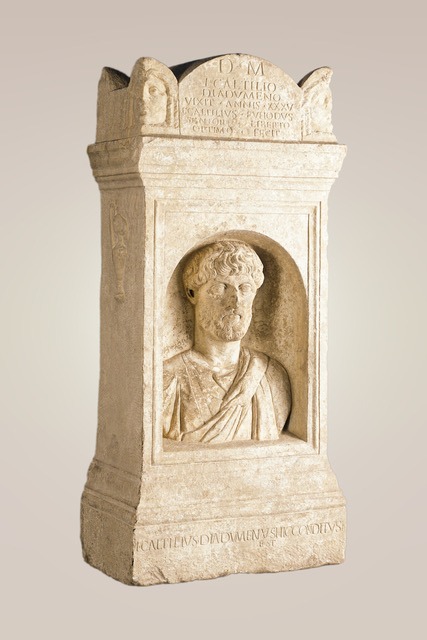
- View Funeral vessels and fragments of sarcophagi from the ancient world currently on display at the Tampa Museum of Art through 2026. These objects from the museum’s Antiquities Collection are part of an exhibit there — Life & Death in the Ancient World — organized around five themes of antiquity, including Death and Dying.
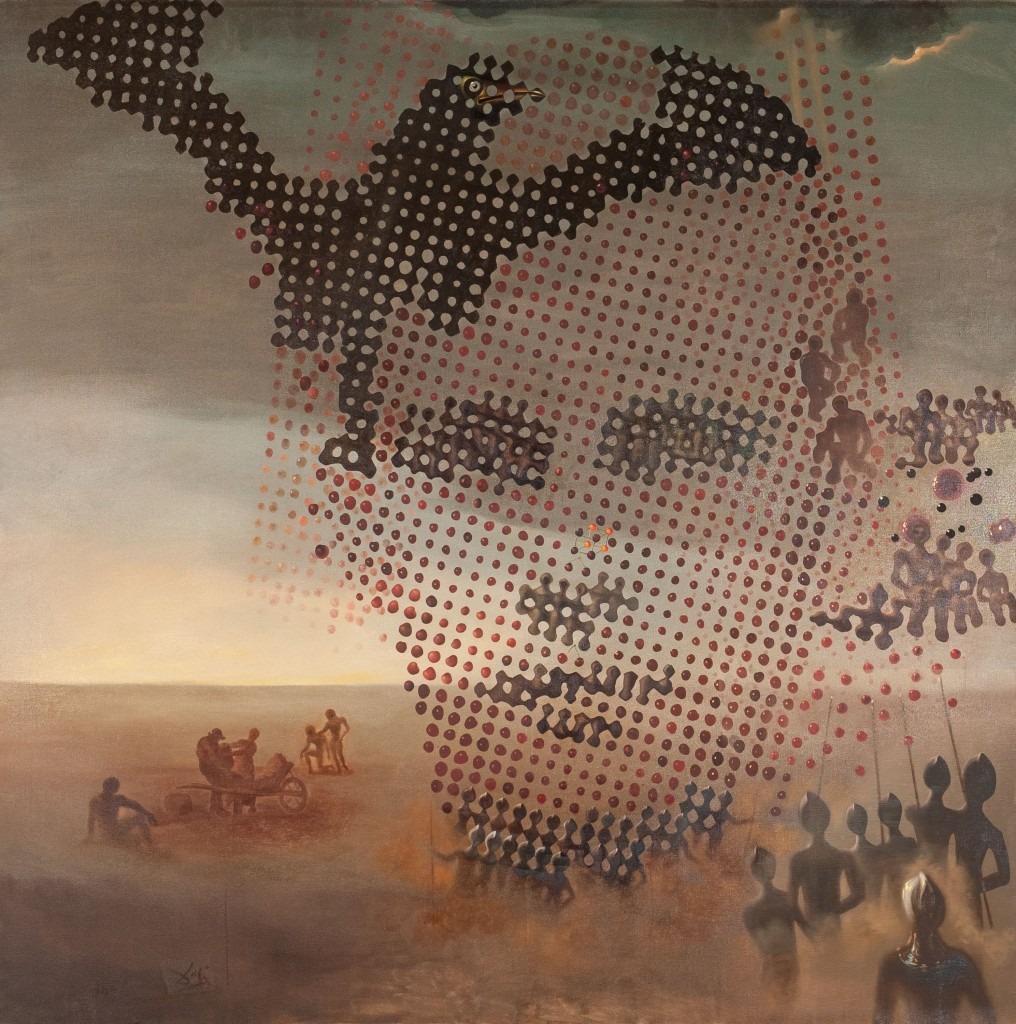
- Check out Portrait of My Dead Brother by Salvador Dalí at the Dalí Museum, one of the most unique pieces of art dealing with death. Dalí’s brother died before the artist was born and although he was a toddler when he died, Dalí depicts him in the painting as a young man. The work often is included in docent tours because it holds one of the keys to understanding Dalí – he was given the same name as his dead brother, causing him throughout his life to wonder who was the real Salvador Dalí.
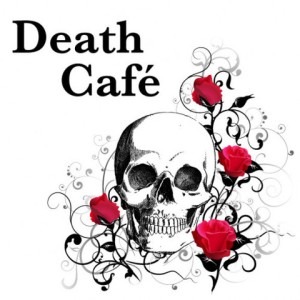
- Attend a Death Cafe, part of a worldwide movement, where you can drink tea, eat cake and discuss a whole gamut of death topics from past lives to funeral options in order to “increase awareness of death to help people make the most of their (finite) lives.”
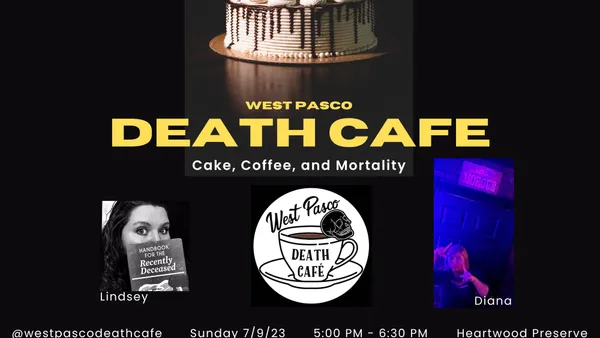
The North Pinellas Death Cafe meets at the Safety Harbor Art and Music Center (SHAMc). West Pasco Death Cafe meets at the Heartwood Preserve Cemetery (there is one scheduled for July 9). And if you can’t make it to an in-person Death Cafe, there’s the Northeast Florida and Beyond Virtual Death Cafe (enjoy your own tea and cake) which will meet next on July 5 via Zoom.
So I guess talking about death is not so taboo, after all — and not as scary as some might think.
As Jon Underwood, the founder of the Death Cafe, liked to say, “Just as talking about sex won’t make you pregnant, talking about death won’t make you dead.”
